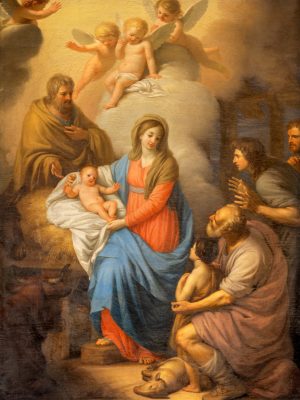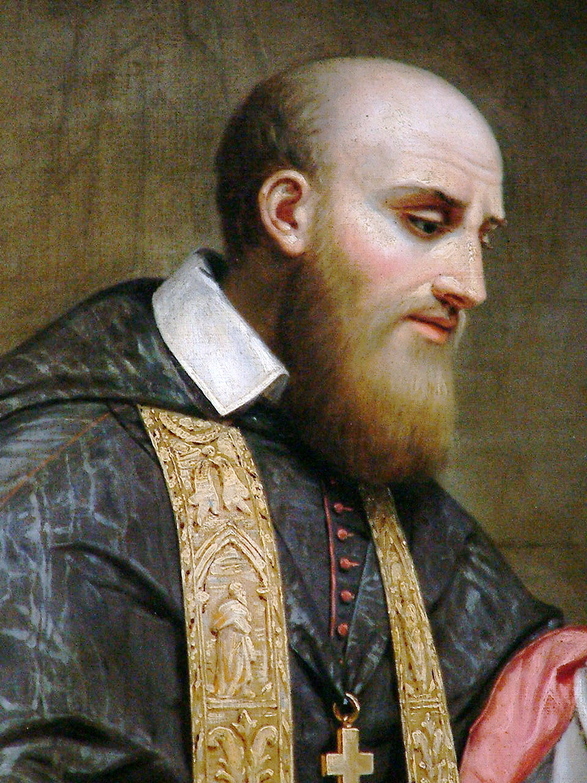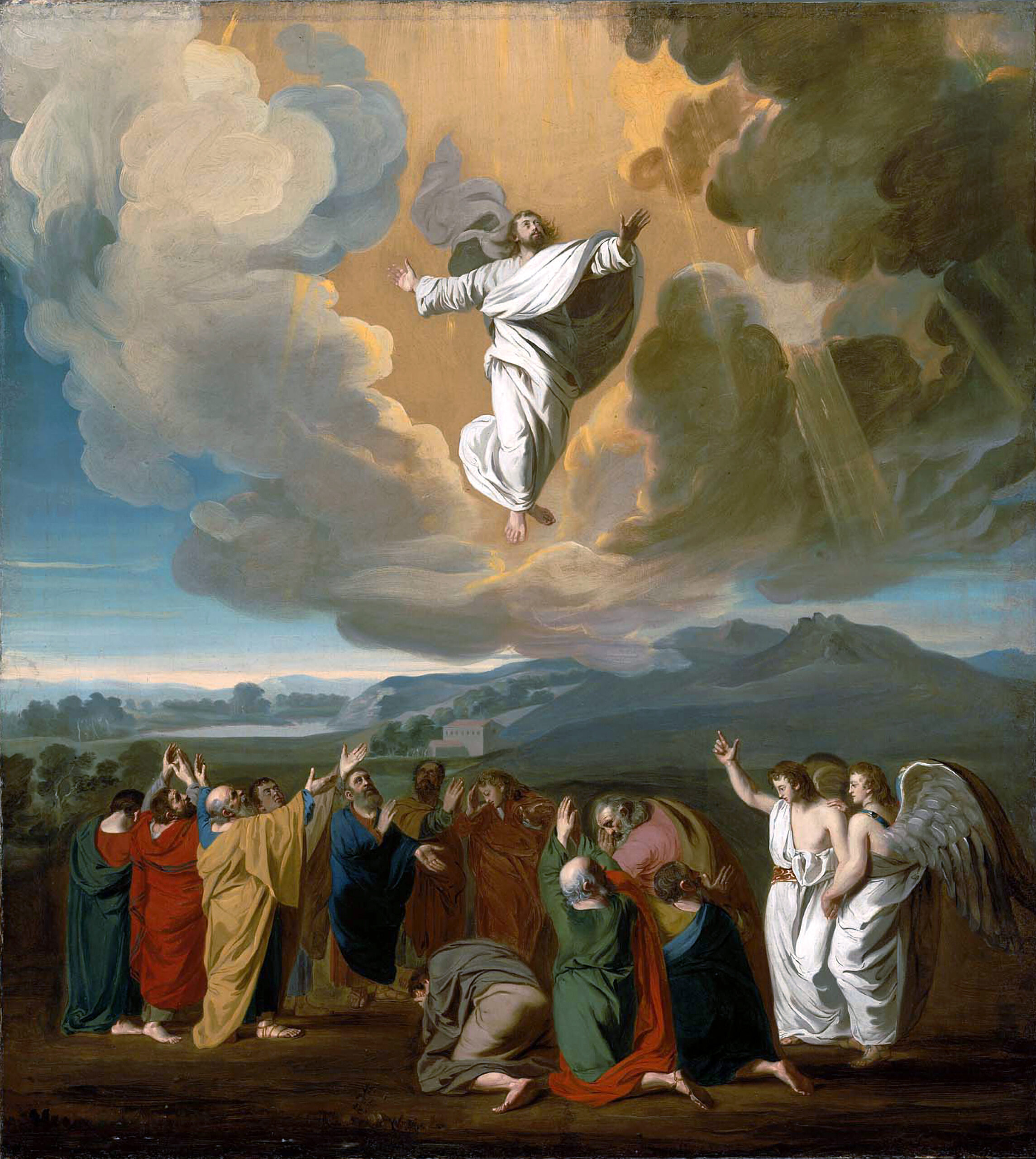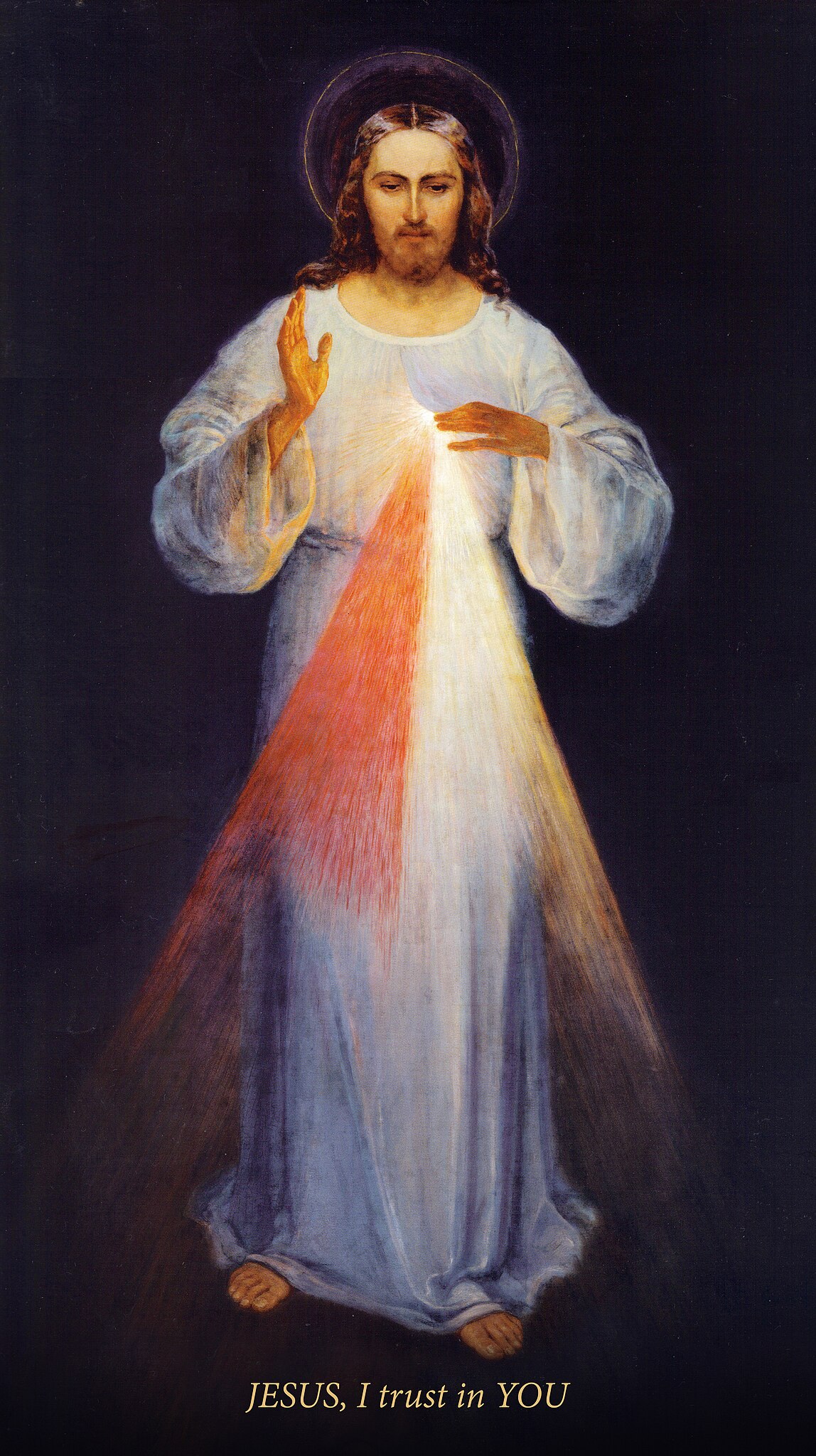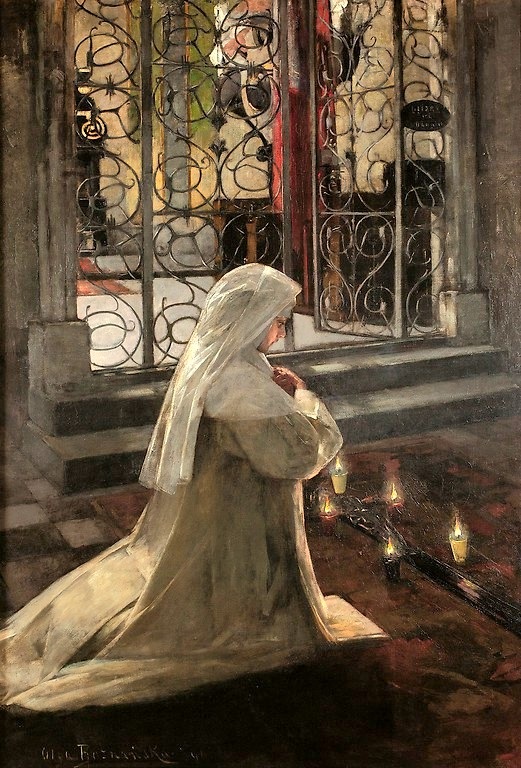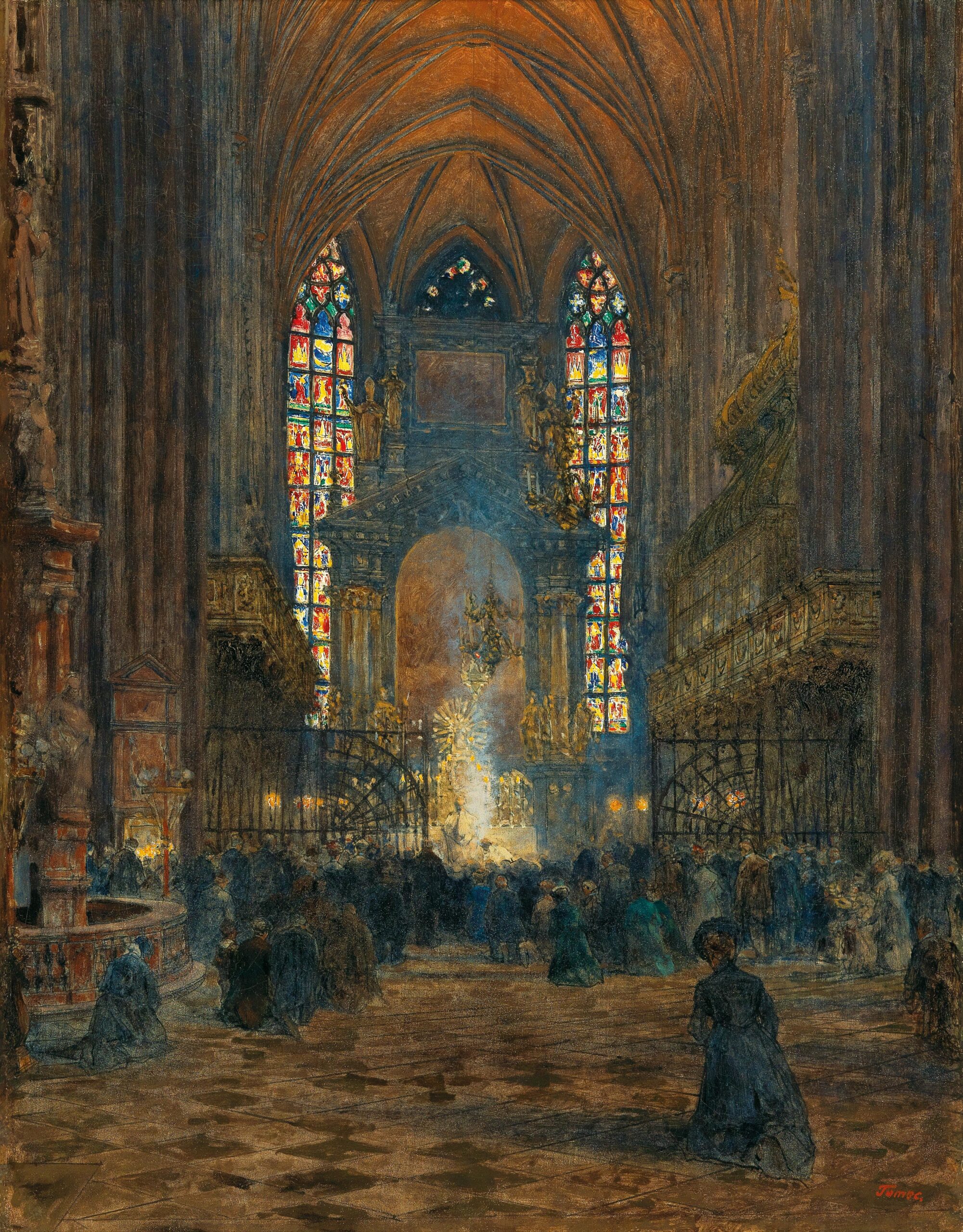Below is an excerpt from a brief, but interesting sermon that was delivered by Saint Francis de Sales to a convent of nuns on Christmas Eve in the year 1614.
These nuns were members of the Congregation of the Oblates of the Visitation; an order founded by him. The sermon addresses Christ the Savior as the “Expectation of Nations” and the saintly orator tailors the sermon to the nuns’ vocation as devoted religious living in community and having already a special devotion to the Nativity of Our Lord.
The various themes of the sermon include:
- the two natures of Our Lord: human and divine,
- the mystery of fruitful virginity, seen in the example of Mary,
- the four kinds of people according to their attitude toward the newborn Baby Jesus,
- the Holy Family as a mirror of a religious congregation, and
- how the Holy Family practiced chastity, obedience, and poverty.
The excerpt of the sermon follows below:
“The Church in today’s Mass calls this vigil the Expectation of the Redemption and of the Redeemer. O God, You rejoice us each year by the expectation of our Redemption!
Jacob had already predicted that the Savior would be ‘the Expectation of Nations’ (Gen. 49:10, Douay; cf. Agg. 2:8, Douay). The Church, too, awaits in expectation: ‘O Emmanuel, our King and Lawgiver, expectation of the nations and object of their desire, come and save us, O Lord our God.’
In blessing Joseph, Jacob said: ‘The blessings of your father have been strengthened by those of his ancestors until He comes who is the desire of the eternal hills’ (Gen. 49:26), that is, the Christ.
What are these ‘eternal hills’? Some Fathers take them to indicate the Patriarchs or some especially eminent saints. In my opinion, they indicate the angels.
Since He was to be the Salvation of all, He was certainly expected by all, especially on this night. Note the wonderful expectation of our blessed Lady—“Who will give you to me for my brother, nursed at my mother’s breasts that I may find you without, and kiss you, and now no man may despise me” (Cant. 8:1).
Therefore, prepare your hearts for the Lord (1 Kgs. [1 Sam.] 7:3).
There are Two Ways to Prepare for Christmas:
- Prepare your intelligence by faith in a double mystery. The first mystery is that of the Incarnation. Christ has two natures: divine and human. The divine is incarnate; the human is assumed, without either one eclipsing or destroying the others. Illustrate this point by the bush, burning and yet green (Ex. 3:2). Also illustrate it by this quotation: ‘He shall eat butter and honey’ (Is. 7:15). Butter is from the earth and is the fat of it; honey is from heaven, of which it is the chrism. The Incarnation is represented in the Old Testament by a number of angels who appeared under human form; it is like the custom of princes dressing their pages in their spouse’s colors. The second mystery is that of virginity. We have already given many comparisons on this mystery. Consider it now under the aspect of myrrh. For Mary is also called ‘Myrrh of the Sea.’ Now myrrh produces its drops virginally, as it were. This is the first droplet of myrrh: ‘My beloved is for me a bundle of myrrh’ (Cant. 1:12 [13]). It forms drops as of sweat without being pressed. It is like the lily which sheds drops of moisture like grains. Bees bring from heaven a germ from the sun’s rays, and this represents the Holy Spirit in the bosom of the Virgin. What admirable fecundity which does no harm to virginity, and what admirable virginity which sanctifies fecundity.
- Prepare your will by pious thoughts and affections. There are four kinds of people: some do not wish to come—these are the heretics and infidels; others who come seeking something else—these are bad Christians; others who come to adore, like the shepherds and Wise Men; others who come to remain, like the Blessed Virgin and Saint Joseph. There are still others, like the angels, who though they leave, nevertheless remain. They are liked the best of preachers. They adore the Lord: ‘And let all His angels adore Him’ (Heb. 1:6; Ps. 96 [97]: 7)—and they leave in order to preach to others. Yet they remain while leaving, for in spirit they truly remain.
This grotto of Bethlehem is a congregation of oblates. That is why the Blessed Paula founded a community there. It is an admirable form of the religious life! Let us note several marvels about it.
The Vow of Chastity:
‘He feeds among the lilies’ (Cant. 2:16, 6:2). ‘Show me where you feed, where you lie down at midday’ (Cant. 1:6 [7]). With this chastity there is at the same time a great fruitfulness. ‘Your body is like a heap of wheat, encircles with lilies’ (Cant. 7:2 [3]). ‘After her virgins shall be brought to the king’ (Ps. 44 [45]:15).
Admirable Obedience:
The superior in this religious house is Joseph, who is the least of all after Jesus and Mary. Yet the angel always addresses him. This superior might appear not to be very foresightful, since he came to an unprepared shelter. Nevertheless, no one complained in this Holy Family.
Extreme Poverty:
No one had what is called ‘mine’ or ‘thine.’ If anyone possessed something which he could rightfully call his own, it would doubtlessly have been Mary, who had had the Divine Child, for He was her true Son. Yet she did not keep Him entirely for herself, for she said: ‘Your father and I have been searching for you in sorrow’ (Lk. 2:48).
Religious Life:
In this family are found the three kinds of persons who make up the religious community: superior, Joseph; professed, Mary; novice, Christ. Infirmarian, Mary, whose milk was a healthful tonic for the feeble little Infant. There was not portress because they were in open air. The Babe entoned the sad but pleasing anthems of choir. Mary exercised a number of offices: infirmarian, wardrobian, etc.
But let us consider how well this novice renounces Himself. He is like the queen bee, born with wings. Yet He observes silence with marvelous simplicity. He knew how to speak, and yet He acted like a true infant, etc.”
Source: The Sermons of St Francis de Sales for Christmas and Advent (TAN Books, pp. 63-66).


